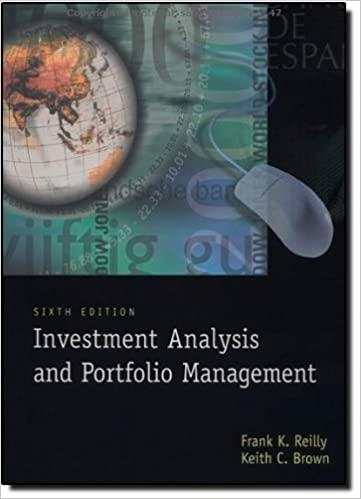2. Brickhouse is expected to pay the following future dividends: D = $1.90, D2= $2.10, D3 to D22 will grow at 5% annually for 20 years starting with D3=$2.50, then D23 and beyond will stay constant indefinitely at the level of D22. Draw a timeline of all cashflows. What is the current value of this stock at a required return of 10 percent? (hint: you need sum of geometric sequence formula for the part of 20 years growing dividends) outstanding that the market risk w indefinitely at 5% rket price of $1,068,6 Fixer 6. 3. Bob's is a retail chain of specialty hardware stores. The firm has 21,000 shares of stor currently $63 per share in the market. Firm's Beta is 1.2. The risk-free rate is 1% and Firm just paid an annual dividend of $2.80 per share. Dividend is expected to grow indo firm also has 500 coupon bonds outstanding that have a face value of $1,000, a market to maturity and have a current YTM of 5.6%. The corporate tax rate is 35% 1) Find cost of debt. 2) Find cost of equity: both CAPM and Dividend Discount/Growth Model can work.hu CAPM is a more accurate method for this company. 3) Plug the appropriate return computed by CAPM into the DDM to assess if the current valued? 4) Compare cost of debt and cost of equity you computed, which number is greater. wh 5) Find weight on debt and weight on equity, and eventually firm's WACC. rk, but use CAPM here asant urrent stock is under-Order ter, why is it usually the case? 4. Bob's, the same firm, is considering expanding by building a new superstore. The superstore will require an initi investment of $12.3 million and is expected to produce cash inflows of $1.3 million annually over its 10-year life The risks associated with the superstore are comparable to the risks of the firm's current operations. The initial investment will be depreciated on a straight-line basis over the life of the project. At the end of the 10 years, the firm expects to sell the superstore for $6.7 million. Find both NPV and Pl. Based on these two methods, should the firm accept or reject the superstore project, explain. 5. Today, a Treasury bond dealer is analyzing a 2-vr, 5% annually paying Tre ris analyzing a 2-yr, 5% annually paying Treasury coupon security now trading at $1,012.30. He also observes the following treasury security information: 1-yr STRIPS trading at $970.87 (face value $1,000), 2-yr spot rate 4%. 1) Based on the information, is the coupon bond fairly priced, und arbitrage profit? is the coupon bond fairly priced, underpriced, overpriced? Can 2) What should be the dealer's strategies to earn the profit








